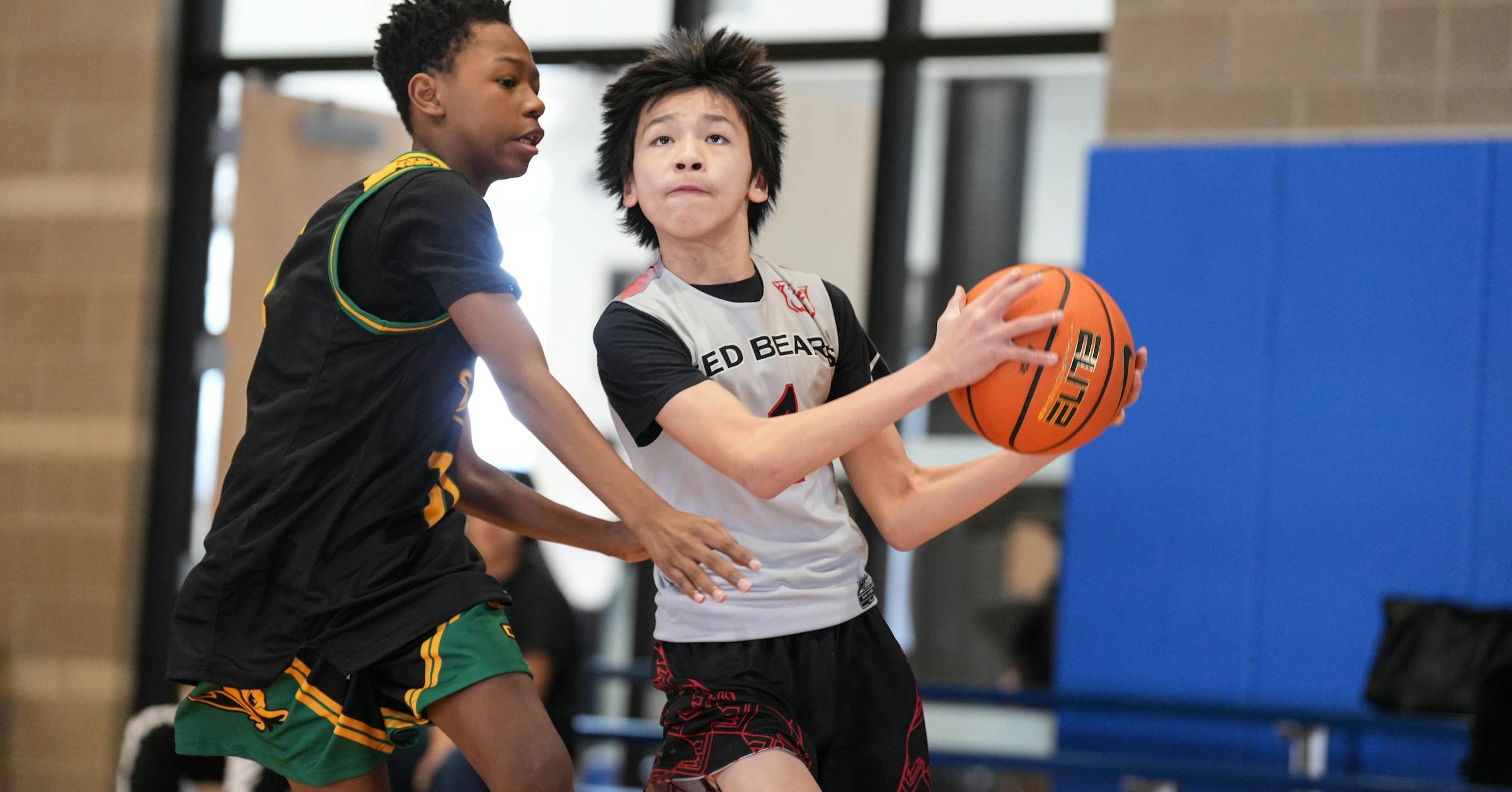Game Changer: Minneapolis Parks Streamlines Youth Sports Sign-Ups

New Sports Registration Levels the Playing Field for Youth Athletics
Local parks and recreation departments are introducing a groundbreaking central registration system designed to make youth sports more inclusive and fair. The new approach aims to break down barriers that have traditionally prevented some children from participating in community sports programs.
Under the new policy, the days of pre-established teams are coming to an end. While this may challenge long-standing team dynamics, the initiative seeks to create more equitable opportunities for all young athletes. Deeply bonded existing teams will need to adapt to a more balanced team formation process.
The central registration system promises to give every child a chance to play, regardless of their social connections or previous team affiliations. By randomizing team assignments, the program hopes to foster new friendships, promote diversity, and ensure that all children have an equal shot at enjoying community sports.
Parents and coaches are encouraged to embrace this change as a positive step toward creating a more inclusive athletic environment for young participants.

